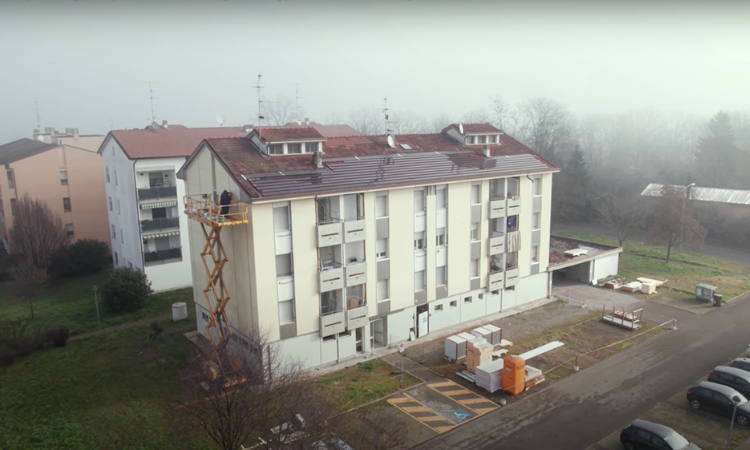There is no doubt that the efforts of the EU, including the Fit-for-55, the Climate Action Social Facility, the Next Generation EU package,
the increased Cohesion Policy budget and the National Recovery plans funded by the Recovery and Resilience Facility, are significant steps toward the alleviation of energy poverty. Now, the way forward is the efficient implementation of the EU Regulation by Member States. Housing Europe’s Senior Policy Officer, Edit Lakatos explains in this policy brief, part of our EU-funded project, HEART.
To mitigate energy poverty and enhance the well-being of European citizens and residents, the EU has committed to actions focusing on improving energy efficiency. It is nevertheless a great challenge ahead. There is a lack of capacity and knowledge about renovation opportunities and how to access them and evidence-based guidance on investments in affordable housing to promote social inclusivity.
The magnitude of the issue of energy poverty in the EU is challenging, and it must support energy transition efforts without exacerbating existing social inequalities. In this context, the energy-efficient renovation has an important role to play and retrofit toolkits as the EU-funded HEART project demonstrated that even energy-efficient retrofit of windows in a building could reduce the annual heating demand by about 16%.
Finding new – more affordable, and quicker – ways to renovate is crucial. Firstly, the way forward is the efficient implementation of EU Regulation, and the European Commission should ensure that the Member States set up measures to ensure affordability.
The paper brings to the surface five key messages that policymakers should keep in mind if they would like to alleviate energy poverty effectively.
KEY MESSAGES:
1. National funding schemes, as well as reforms on energy efficiency standards that are targeting the investment gap, will be equally important to tackle the energy poverty challenge.
2. A tenant friendly-investment of EU funding can only be efficient with housing cost neutrality after renovation. Affordability in renovation means that rent increases are fully balanced by energy-savings.
3. Tenant protection by the security of tenure and by long term rental contracts should be the guiding principle, especially in the case of key workers, working poor and precarious households.
4. Climate allowances prevent energy consumption, and energy emission taxation hits the fragile households the hardest, as these groups mostly live in less energy-efficient buildings. Possible measures to ensure this is to support low- and middle-income groups by climate allowances in housing, and coupling public EU spending with those allowances.
5. Fostering the ‘prosumer’- models can lead the way to entire green quarters, where residents’ housing security, affordability, and health are at the forefront.
Download the full policy brief below.
Get to know more about the HEART project which demonstrated that even energy-efficient retrofit of windows in a building could reduce the annual heating demand by about 16% (from 65.2 to 54.3 (kWh/m2). HEART Project’s first demo building is a social housing residential building from 1985 with 12 residential units of a total of 640 m2. It is in a residential area of the Municipality of Bagnolo in Piano (RE, Italy). Watch this video in which tenants explain the benefits that they see in their upgraded homes, but also the challenges that renovation brings.
